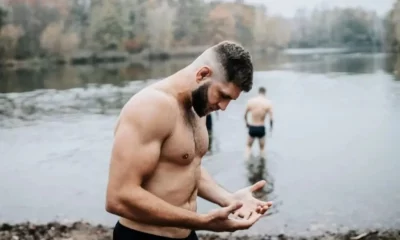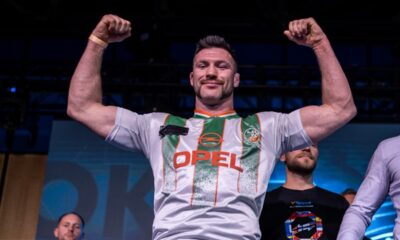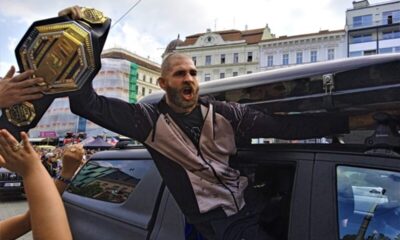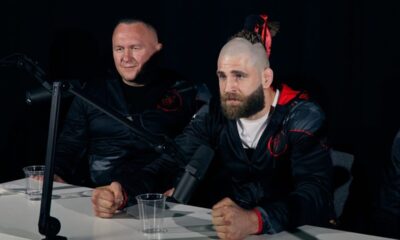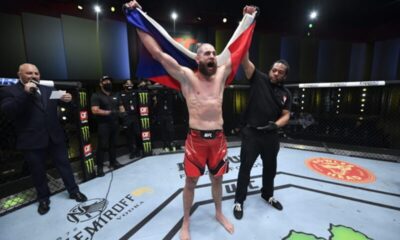MMA
Breath and ice water as the essence of success for professional athletes. Examples are UFC champion Jiri Prochazka or Karlos Vémola
Biohacking. Recently popular and also quite modern word, which is increasingly often used in connection with professional sports. But what is it really? It is a combination of art and science that studies how best to fulfill human potential. A biohacker is a person who studies the biology of his or her own body.
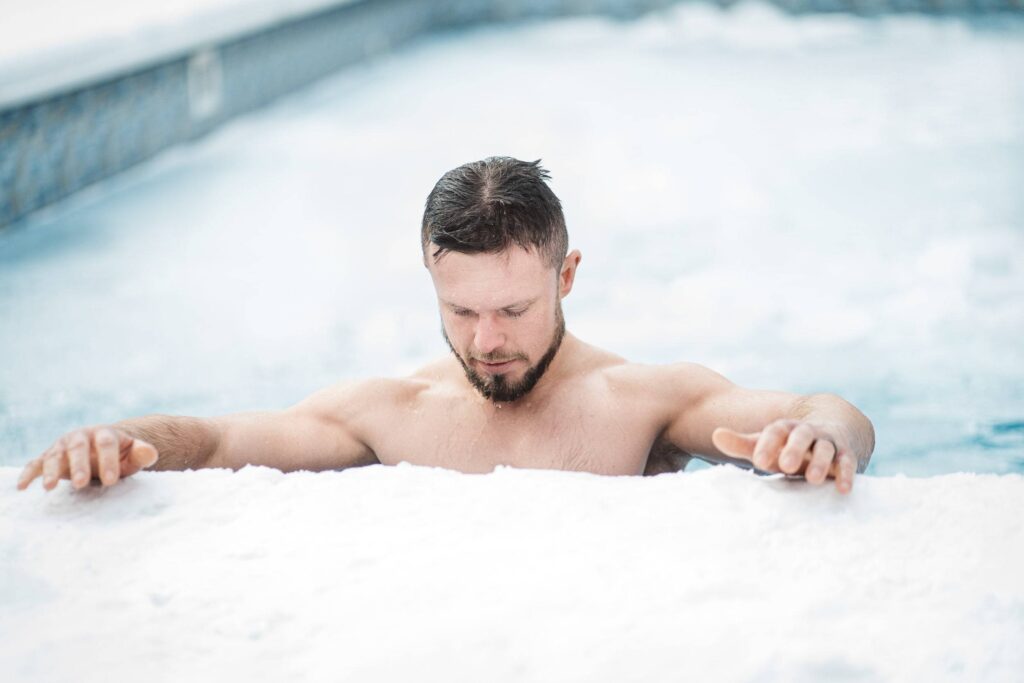
Biohacking. Recently popular and also quite modern word, which is increasingly often used in connection with professional sports. But what is it really? It is a combination of art and science that studies how best to fulfill human potential. A biohacker is then a person who studies the biology of their own body, such as hormones, sleep, their DNA, microbiome, mind or consciousness, and tries to optimize these components. This is how he then improves his performance, whether at work, in sport or in the personal sphere.
Among the areas that biohackers deal with are proper diet, healthy sleep or hardening. They promote concentration through meditation and longevity through appropriate supplementation. Special focuses include breath work and cold therapy. This is very actively practiced by Libor Mattuš, co-founder of the Code of Life platform and author of the book Cold Therapy.
He came to hardening through his own health problems, suffering from severe allergies, asthma, chronic fatigue and, on a psychological level, social phobia. Regularly going into the ice water and working with his own breath changed his body’s biochemistry and gradually cured all the aforementioned ailments.
“Cold, starvation and physical exertion are mankind’s oldest friends ever. If too much, they can harm or kill us, but a moderate dose of them is very positive. It’s called hormonal stress. So a wise person regularly puts on sneakers and goes for a run, or rinses off with ice water. Anyone who has ever immersed themselves in ice water or exercised knows the endorphin rush,” says Libor Mattuš.
Of course, there is a large group of people who enjoy hot showers and the idea of ice water is unthinkable for them, but according to Mattuš, you can start slowly. Moreover, in the current summer months it is best to start with cold therapy because it is not so cold outside.
“Most people make the mistake of jumping in headfirst, start to get intensively hardened, and soon quit just as quickly. You need to start slowly and conservatively. Cold therapy doesn’t mean you have to dive into the freezing water outside right away or do any extreme stunts. Rinsing your face with ice water, or washing your hands and forearms with ice water from the tap to prepare for another two hours of computer work in the afternoon, is a great and very practical form of cold therapy. One of my favorite exercises is to strengthen my limbs with short sessions in an ice bucket. The slow and prepared win the race,” he points out.
Libo’s mission is to help as many people as possible, and he wants to teach them to work on themselves for the long term. Today he holds regular corporate workshops, lectures on cold therapy and speaks at conferences. He also organizes events called Expedition Sněžka for those interested in the winter months.
“We learn how to breathe properly, work with the nervous system or stress. After three days, we set off on an eight-kilometre journey towards the top of Sněžka, dressed only in shorts. The temperature during the journey reaches even minus thirteen degrees. After mental and breathing preparation, the participants are not cold even in such weather,” says Libor Mattuš.
More and more professional athletes are turning to hardening and breathing exercises. Olympic champion Eva Samkova, tennis player Tomáš Berdych and popular MMA fighters Karlos Vémola, Matěj Kuzník and UFC champion Jiří Procházka regularly dive into the icy water. Libor Mattuš helped him with the right breath.
“Jiri came to my public workshop after a few hours of sleep after celebrating one of his victories, but he was perfectly focused. We practiced various breathing techniques that serve to activate the body, we dove into the ice pool and practiced working with the mind in such a stressful situation, which is undoubtedly hardening,” he describes the first mutual meeting.
Soon they met again and started working on breathing and hardening together. “Jirka and I practiced breathing techniques that go more to the core of athletic performance in the years that followed,” he adds.
Ice water the day after a workout can greatly improve how an athlete feels, he says. It has a positive effect on recovery. Overall, hardening up raises energy, mood and the desire to train and live. “Even more interesting is also the function of ice water on pain and resistance to it. Thanks to the work with endorphins, the athlete subsequently better tolerates physical stress and mental pressure,” describes another benefit of hardening for athletes Libor Mattuš.
Source: Code of Life



